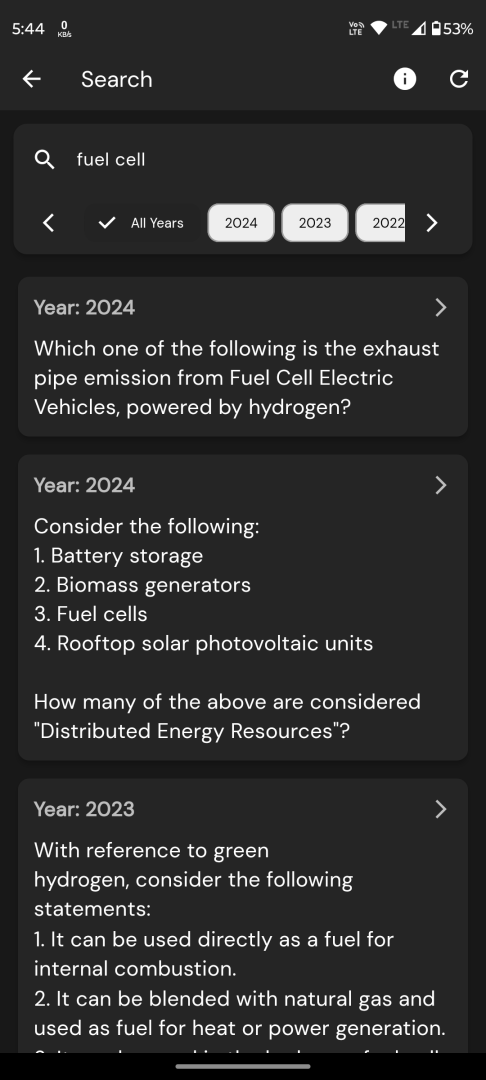Q. The poverty line is quite unsatisfactory when it comes to grasping the extent of poverty in India.
It is not only because of its extremely narrow definition of who is poor and the debatable methodology used to count the poor, but also because of a more fundamental assumption underlying it. It exclusively relies on the notion of poverty as insufficient income or insufficient purchasing power. One can better categorize it by calling it income poverty. If poverty is ultimately about deprivations affecting human well-being, then income poverty is only one aspect of it. Poverty of a life, in our view. lies not merely in the impoverished state in which the person actually lives, but also in the lack of real opportunity given by social constraints as well as personal circumstances—to choose other types of living. Even the relevance of low incomes, meagre possessions, and other aspects of what are standardly seen as economic poverty relate ultimately to their role in curtailing capabilities, i.e., their role in severely restricting the choices people have to lead variable and valued lives.
Q. 1. Why is the methodology adopted in India to count the “poor* debatable?
a. There is some confusion regarding what should constitute the ‘poverty line’.
b. There are wide diversities in the condition of the rural and urban poor.
c. There is no uniform global standard for measuring income poverty.
d. It is based on the proposition of poverty as meagre income or buying capacity.
Q. 2. Why is income poverty only one measure of counting the ‘poor’?
a. It talks of only one kind of deprivation ignoring all others.
b. Other deprivations in a human life have nothing to do with lack of purchasing power.
c. Income poverty is not a permanent condition, it changes from time to time.
d. Income poverty restricts human choices only at a point of time.
Q. 3. What does the author mean by “poverty of a life?
a. All deprivations in a human life which stem not only from lack of income but lack of real opportunities
b.Impoverished state of poor people in rural and urban areas
c. Missed opportunities in diverse personal circumstances
d. Material as well as non-material deprivations in a human life which restrict human choices permanently
Question from UPSC Prelims 2022 CSAT Paper
Explanation :
Q1: Correct Answer – d. It is based on the proposition of poverty as meagre income or buying capacity.
Explanation – The methodology adopted in India to count the “poor” is debatable because it exclusively relies on the notion of poverty as insufficient income or insufficient purchasing power. This can be better categorized as income poverty [d].
The passage does not provide information about options a, b and c. However, it is possible that there may be confusion regarding what should constitute the ‘poverty line’ [a], wide diversities in the condition of the rural and urban poor [b], and no uniform global standard for measuring income poverty [c]. These factors could also contribute to making the methodology adopted in India to count the “poor” debatable.
Q2: Correct Answer – c. there are no evidences to refute it
Explanation – Income poverty is only one measure of counting the ‘poor’ because it only talks about one kind of deprivation while ignoring all others. Poverty ultimately affects human well-being and if it’s about deprivations affecting human well-being, then income poverty is only one aspect of it [a].
The passage does not provide information about options b, c and d. However, it is possible that other deprivations in a human life may have nothing to do with lack of purchasing power [b], income poverty may not be a permanent condition and could change from time to time [c], and income poverty may restrict human choices only at a point of time [d]. These factors could also contribute to making income poverty only one measure of counting the ‘poor’.
Q3: Correct Answer – a. 1 only
Explanation – By “poverty of a life,” the author means all deprivations in a human life which stem not only from lack of income but also from lack of real opportunities given by social constraints as well as personal circumstances—to choose other types of living [a].
The passage does not provide information about options b, c and d. However, it is possible that poverty of a life could also refer to the impoverished state of poor people in rural and urban areas [b], missed opportunities in diverse personal circumstances [c], and material as well as non-material deprivations in a human life which restrict human choices permanently [d].





